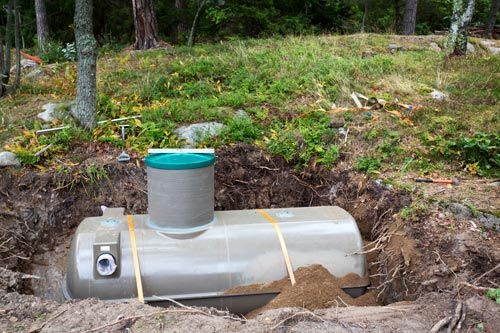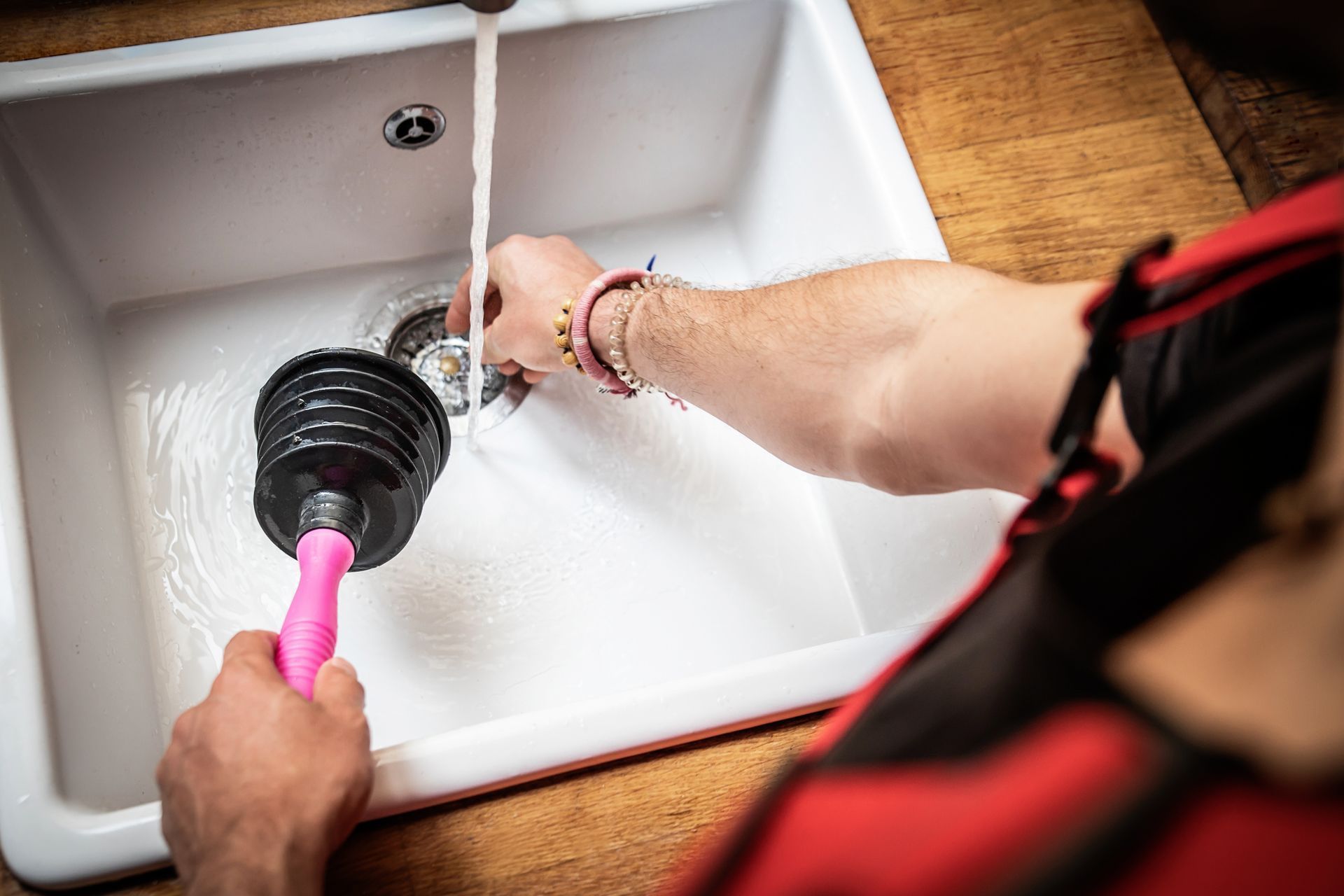Steel Septic Tanks: History and Information for Homeowners

Many old homes have steel septic tanks. Learn what you should know about steel septic tanks so that you can better take care of your private septic system.
11.14.2018
Being connected to a private septic system instead of a public sewer system can have its advantages. Yet being directly responsible for the septic tank and system you have underground on your property means that you should arm yourself with a bit of knowledge as a homeowner. If you have an older steel septic tank in place, gaining knowledge is especially important.
One of the original types of septic tanks put in use in modern septic systems, steel septic tanks have been in production for a long time. In recent decades, newer tanks that are more efficient have become more commonplace in the industry, but steel septic tanks can still commonly be found in older homes. Take a look at what you should know about steel septic tanks so that you can better take care of your private septic system.
History of Steel Septic Tanks
Residential sanitation has been an ever-evolving thing for about 3,000 years, but the earliest septic tanks were not developed until around the 1940s. The originals were most often formed of concrete that was poured into wooden forms in the ground. Around 1940, a practical standard for septic tanks became popular in most areas, and precast metal tanks were developed soon after.
These original steel tanks, which were referred to as dickey tanks by a lot of homeowners, were like 500-gallon steel drums that came with a lid or cover. The tanks were oftentimes installed by the homeowner themselves, which meant that many weren't exactly installed in the proper ways.
Lifespan of Steel Septic Tanks
There is a good reason why most modern homes are built with septic tanks made out of concrete, fiberglass, or other materials. Steel septic tanks do not have a very long lifespan compared to other types because they are the least durable. In general, you can only expect a steel septic tank to last 20 to 25 years, and many of them start to fail long before they reach that age.
Even if the tank holds up, steel septic tanks are typically outfitted with a steel lid, and that can deteriorate even faster than the tank itself. The steel lids are so prone to deterioration that if you were to stand over the septic tank, you would be at risk of falling through.
Common Problems With Steel Septic Tanks
One of the reasons steel septic tanks are the least popular in modern times is that they are so prone to problems. As already mentioned, steel tanks deteriorate much faster than their counterparts made from different materials. If the steel septic tank on your property was installed 30 or more years ago, it is probably full of holes. Beyond that, steel tanks can be problematic because:
- They can rust, leading to perforations and issues with collapsing.
- They can be prone to tree root damage underground.
- They can be hard to remove once they fail because of their poor condition.
- They may have to be pumped more often to prevent damage to the tank.
Towns in Webster County , Missouri, experienced major issues with ground pollution because of septic systems. One of the specific problems with the area’s septic systems was leaky steel septic tanks. Problems got so bad that soil evaluations were being recommended with every new tank installation in 2015.
If your older home has a steel septic tank in place, you need to be especially diligent about maintaining it and keeping an eye out for signs of problems. If you need help with your septic tank, whether it is made from steel or another material, reach out to us at O'Fallon Sewer Service.
Facebook Twitter Google+ pinterest








